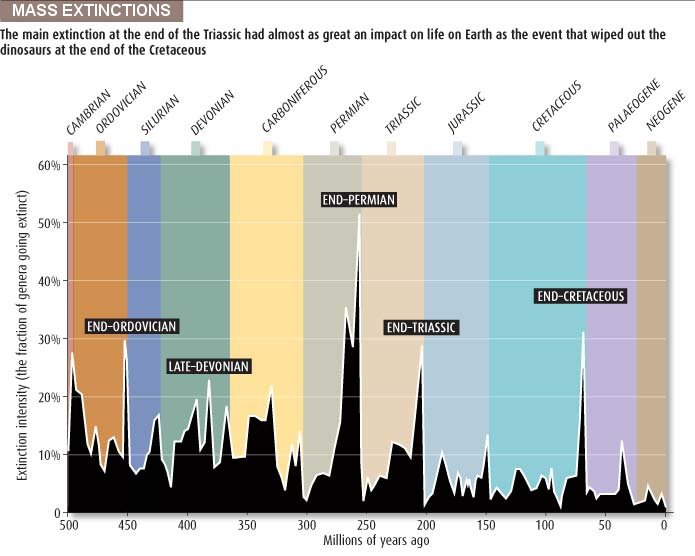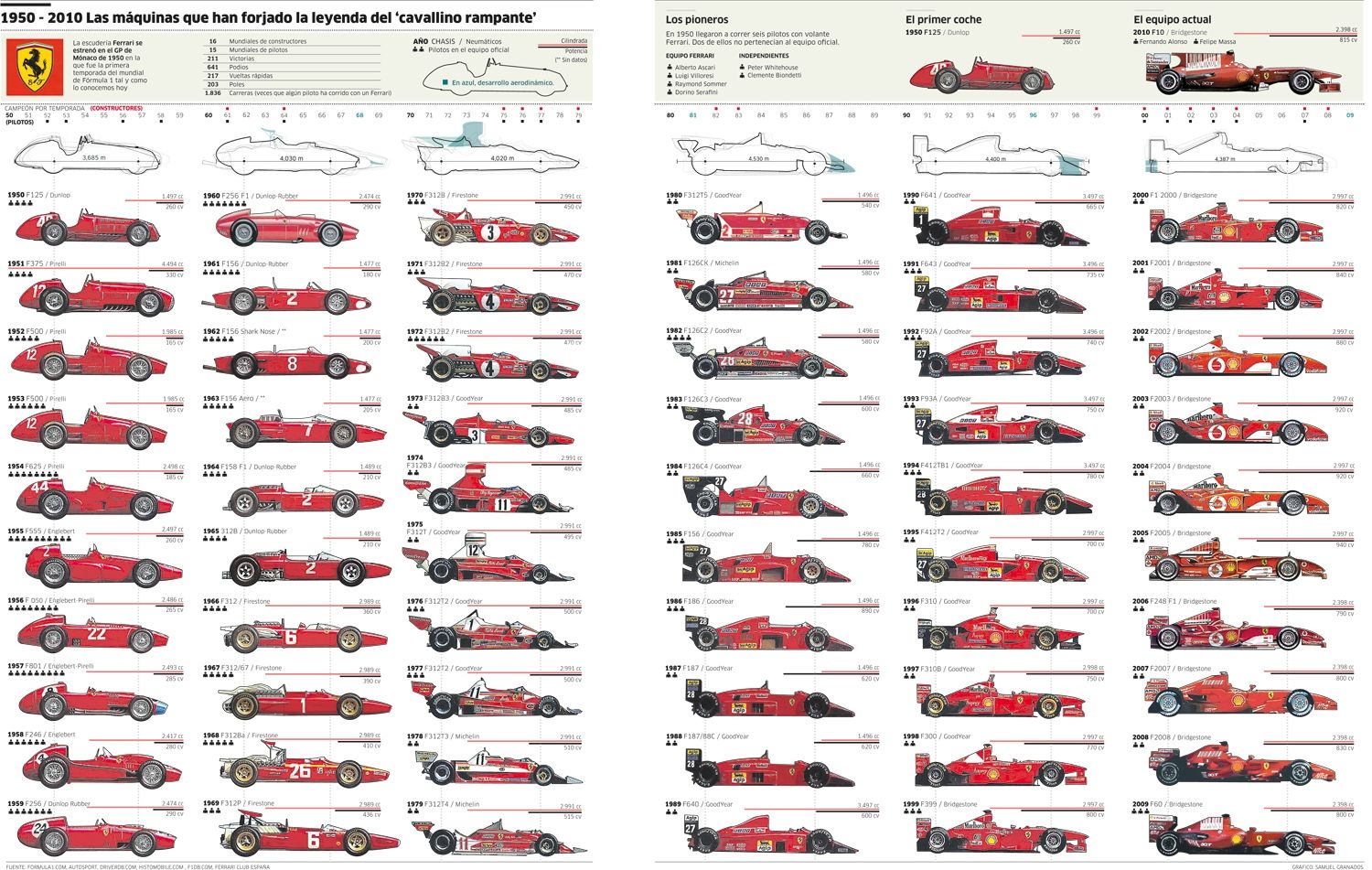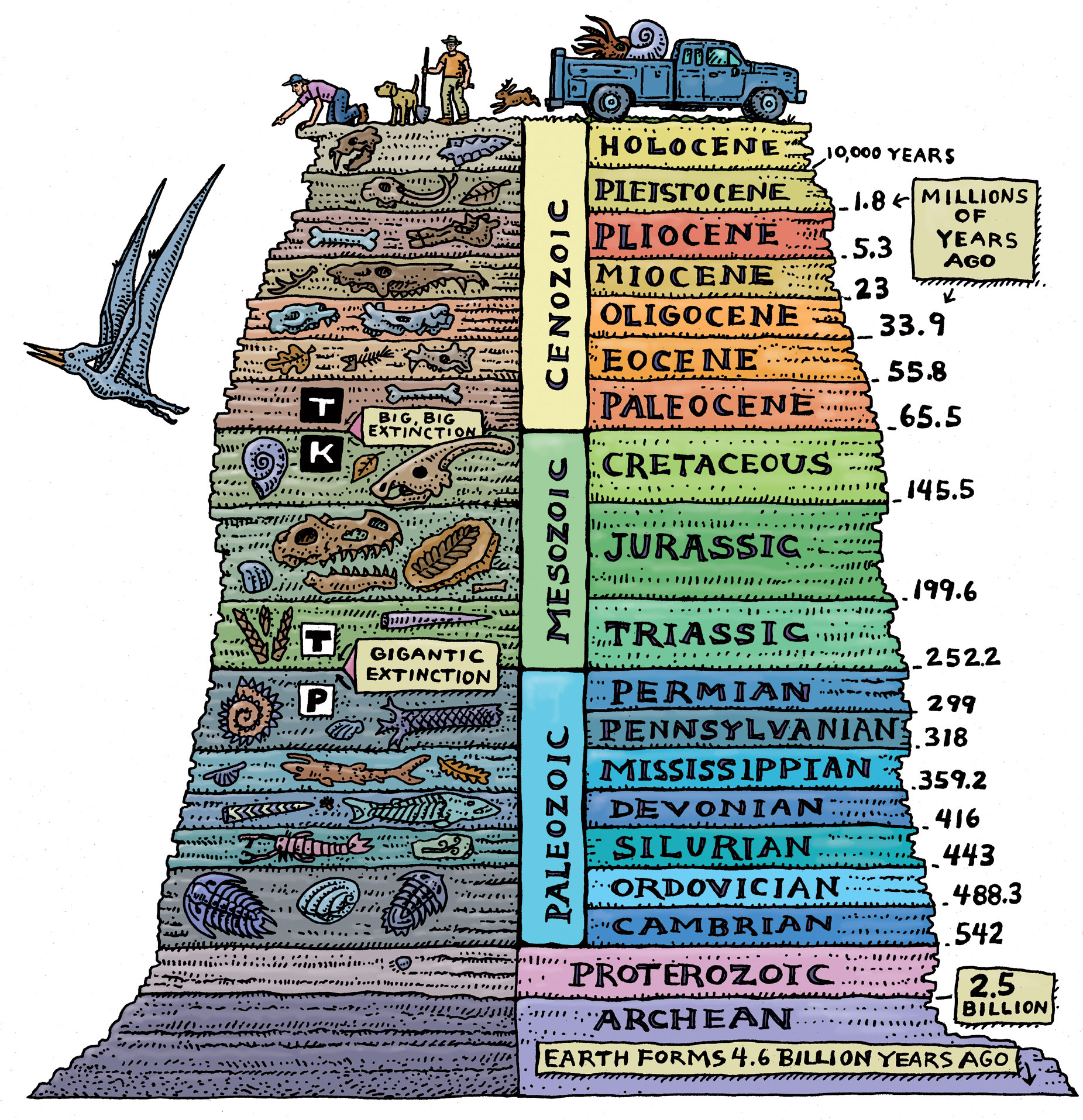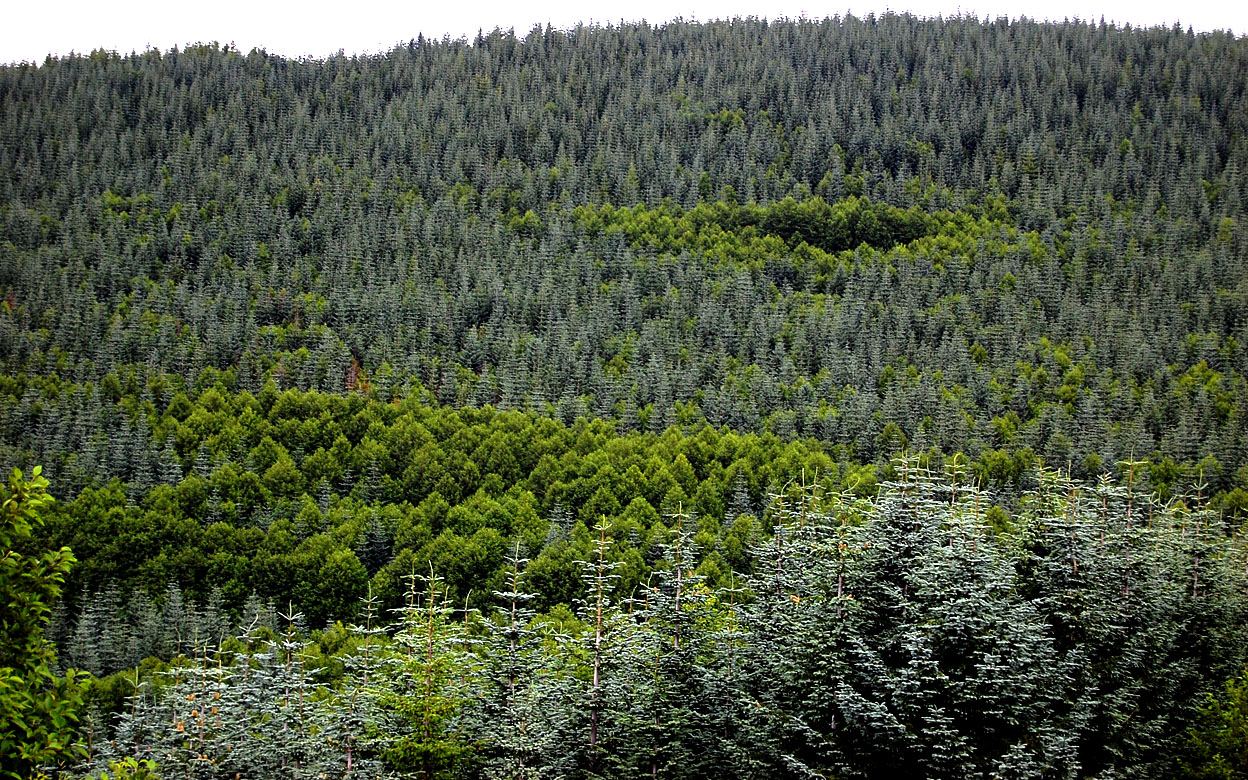Every single fossil species no longer exists.....
Except for those that are still alive. I believe there are some fossils around of species that are still alive.
And yet from every layer to the next we find all creatures cease to exist except for a select few, and then in the next layer fully formed creatures completely different than any of those in the previous layer. Funny how refutation requires we ignore that very fossil record.
Please document this claim. As I said, science has shown long ago that there were no catastrophes that wiped out all the animals between periods in the fossil record. I have shown you a chart showing that mainstream view, that though there were some events that wiped out large number of species, none wiped them all out. If you think there were events in the past that wiped out everything, please give your evidence.
or perhaps a flood wiped them all out except those brought through it?
Doubtful.
A global flood would leave evidence. We don't see that.
A global flood would cause a bottleneck in all species. We don't see that.
A global flood would totally wipe out the ecology, and the land would take centuries to restore itself.
A global flood would require a lot of water, which is not available.
A global flood would... uh, need I go on?
And yet the slower ones that couldn't get away managed to not bottleneck despite their should then be fewer since they were not the fastest animal on earth? That theory seems to be a little lacking.
Uh no, as I explained, the large animals in Africa evolved with humans, and learned to keep their distance, so they survived being with humans. Other animals, such as the sheep, survived because they were domesticated. Others had various methods of keeping people from wiping them out. But probably most of the large animals were wiped out as they stood and watched these little humans advance on them, having no idea how dangerous a group of coordinated humans can be from a distance.
And yet despite your acknowledged difficulty every single fossil that looks slightly different is almost invariably classified as a separate species, and promoted as being factual without any doubts. Even if we know subspecies abound in every species and besides one or two classes, there exist hardly any subspecies in the fossil classification.
Please document your claim that fossils that look slightly different are invariably classified as different species. I have explained this to you several times. Scientists don't even bother much with the species level when we get to ancient fossils. It is too hard to tell. Instead, they look for broad differences that would cause fossils to be identified as different genera if they were alive today. (Genera is a step above species, a group of species).
In the horse family we have fossils that are so different we identify them as different genera. In no sense could the Eohippus be the same species as the zebra.
And yet you can't see Finches interbreeding in front of your nose....
Nope, I never saw a Finch interbreed in front of my nose. Have you?
Not even the Grants in their research report seeing this. Instead they report that it can be inferred by DNA analysis.
And as I have acknowledged, the DNA shows this.
None of that refutes that from one group of ordinary finches, many varieties of finches evolved.
But we aren't discussing science when we discuss evolution.
Speak for yourself.

As for me, yes, I do happen to be discussing science when I discuss evolution.
If you don't think the theory of evolution has changed radically in the past 50 years you are deluding yourself....
I do think science has advanced a lot in the last 50 years, yes.
But the basic framework is still much as it was 50 years ago.
Science requires you follow scientific definitions.....
It does?
Who wrote the rule that scientists must follow certain definitions? Was there a high priest of words who came up with the definitions Where can I find the complete list of definitions that I am required to follow?
And suppose I speak French. Please show me the official copy of definitions I am required to use to practice science.
Suppose I speak Filipino. Please show me the official list of definitions I am required--required!--to follow in order to use science.
You just making this stuff up?
Perhaps had he actually studied them he might have....
Uh no, the only way to really know about Finch interbreeding is studying DNA. And Darwin cannot be faulted that he did not study DNA. That was not available to him.
Are you not even familiar with your own research? Must I go look up the Grants own paper for you where they claim not only are two species interbreeding, but three are doing it so much they claim they are fusing back into one species.
Actually I have read up a little about the Grants in the last week, but I knew nothing about them before. It wasn't until page 55 of this thread that I got sucked into a discussion on finches. Before that, I had not bothered much with finches.
I've stated many times I fully accept the one you presented. And despite your repeatedly using gray areas as an excuse, I have asked repeatedly what gray area did you find in birds interbreeding right in front of their noses to which you keep avoiding a direct answer. And apparently are not even familiar with the Grants research....
Oh, good. So you agree that a dog species is not defined as any creature that is descended from an ancestor of the dog? Glad we resolved that one.





